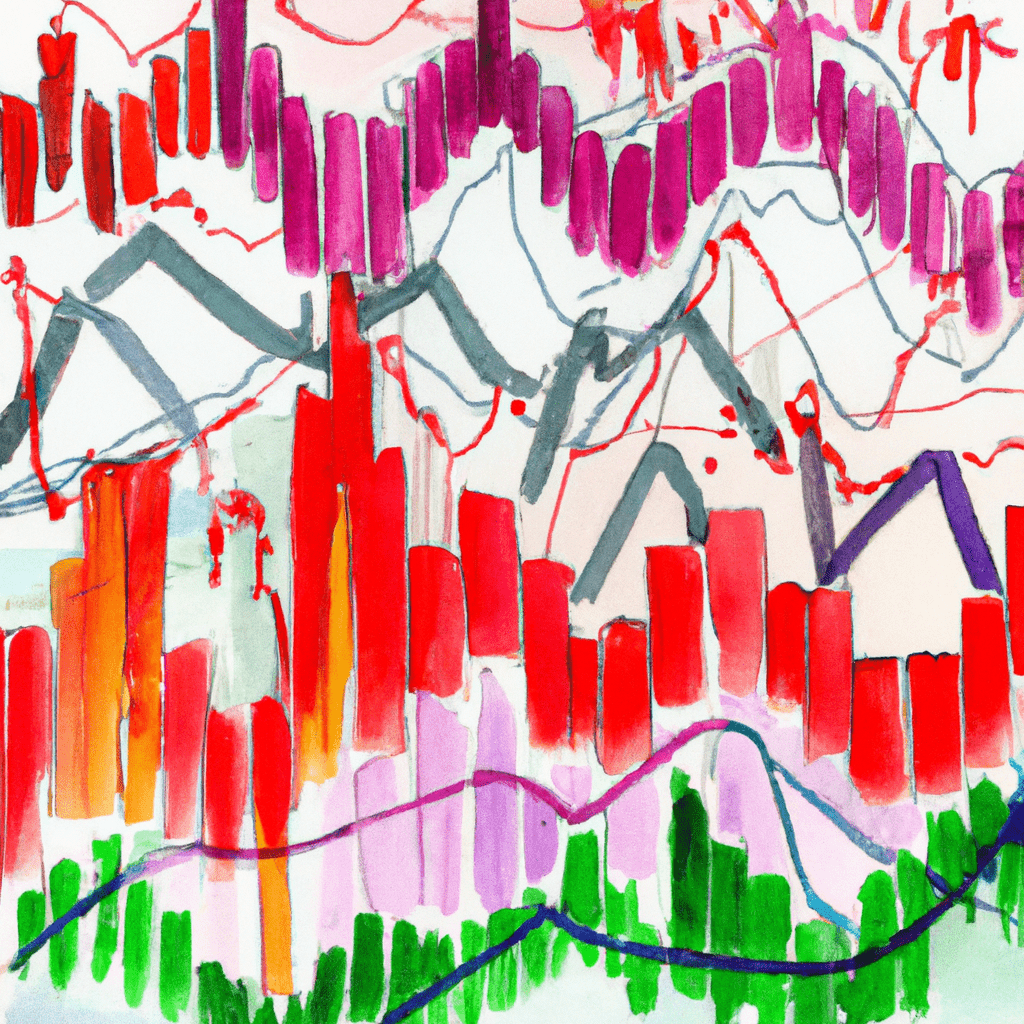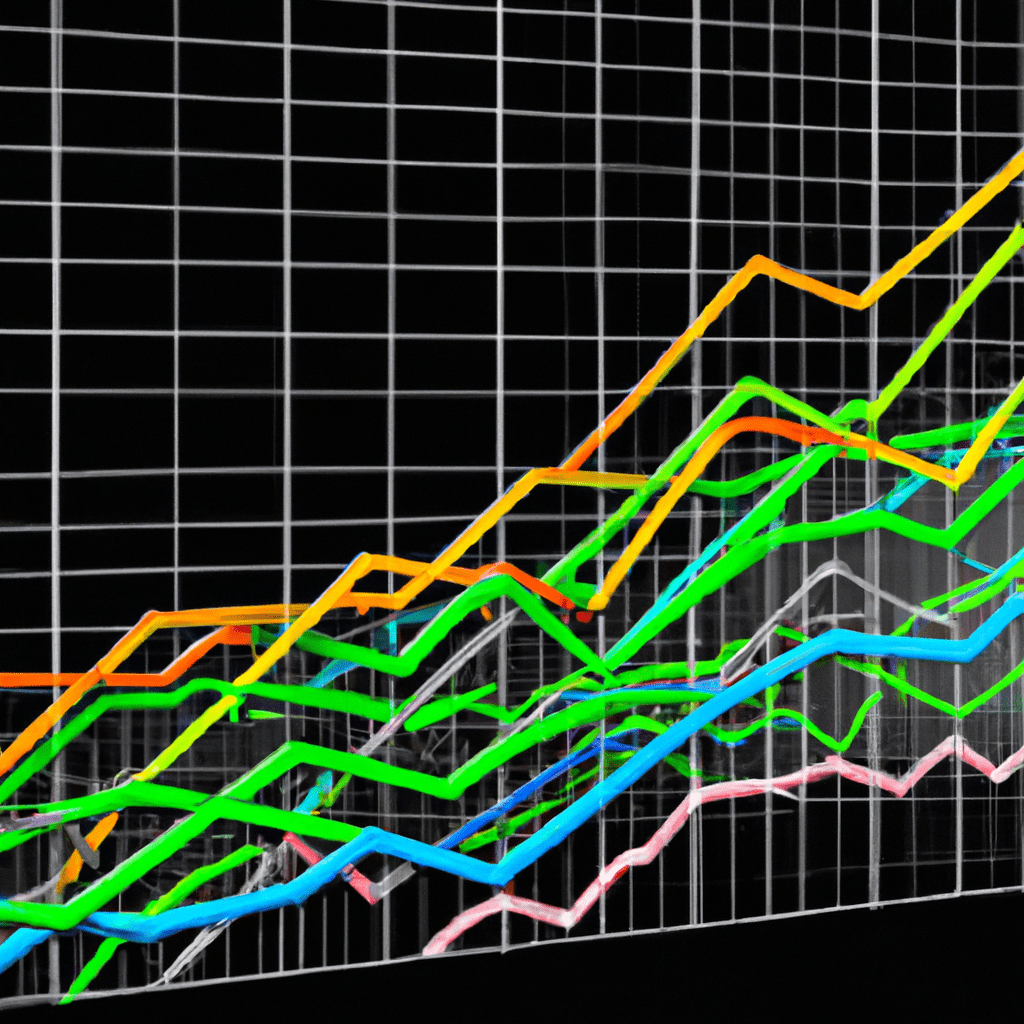In today's fast-paced and ever-evolving financial landscape, understanding the intricacies of the financial market is crucial for investors and traders alike. One important tool that provides valuable insights into the overall performance of the market is the Financial Market Index. In this comprehensive guide, we will delve into the world of financial market indexes, exploring the top global markets and trends. We will also demystify popular stock indexes and sectors, providing you with everything you need to know to navigate the complex world of trading. So, whether you are a seasoned investor or a beginner looking to gain a deeper understanding, this article will serve as your ultimate resource for comprehending the Financial Market Index and its various components. Let's dive in and unlock the secrets of this invaluable tool.
1. “Understanding the Financial Market Index: A Comprehensive Guide”

Understanding the Financial Market Index: A Comprehensive Guide
The financial market index is a vital tool for investors and traders alike. It provides a snapshot of the overall performance of a specific market or a segment of it. Investors use these indexes to assess the performance of their investments, make informed decisions, and understand the trends in the market.
A financial market index is essentially a statistical measure that represents the value of a group of stocks or other assets. It is calculated by aggregating the prices of the underlying assets and applying a specific formula. The resulting number reflects the change in value of the assets over time, providing a benchmark for comparison.
World stock indexes are perhaps the most well-known financial market indexes. These indexes represent the performance of various stock markets around the globe. Examples of popular stock indexes include the Dow Jones Industrial Average (DJIA) in the United States, the FTSE 100 in the United Kingdom, and the Nikkei 225 in Japan. These indexes encompass a wide range of companies from different sectors and are often used as indicators of overall market health and investor sentiment.
Understanding what indices are in trading is crucial for investors. An index in trading is a basket of stocks or other assets that represents a specific market or sector. It provides a way to track the performance of a particular group of stocks without having to individually analyze each stock. This allows investors to gain exposure to a broader market or sector, diversify their portfolios, and reduce risk.
In addition to world stock indexes, there are also sector indexes that focus on specific industries or sectors of the economy. These indexes are composed of stocks from companies operating within the same sector, such as technology, healthcare, or energy. By tracking sector indexes, investors can gain insights into the performance of specific industries and make informed investment decisions based on sector trends.
The six sectors indices, also known as the Global Industry Classification Standard (GICS) sectors, are an industry classification system widely used by investors and analysts. These sectors include information technology, healthcare, financials, consumer discretionary, industrials, and energy. Each sector index comprises companies that operate within its respective sector, allowing investors to gauge the performance of specific industry segments.
In conclusion, understanding the financial market index is essential for investors looking to make informed decisions in the world of trading. World stock indexes provide a broad overview of market performance, while sector indexes allow investors to focus on specific industries. By utilizing these indexes and understanding the six sectors indices, investors can effectively analyze market trends, diversify their portfolios, and make informed investment choices.
2. “Exploring World Stock Indexes: Top Global Markets and Trends”

When it comes to understanding the global financial landscape, World Stock Indexes play a crucial role in providing investors with a comprehensive overview of the performance and trends in various markets. These indexes are widely used as benchmarks to measure the performance of different stock markets, sectors, or asset classes.
A Financial Market Index, also known as a stock market index, is a statistical measure that represents the value of a specific segment of the stock market. It is calculated by combining the prices of selected stocks from a particular market or sector and determining their weighted average. This index serves as a barometer to gauge the overall health and direction of a country's or region's stock market.
When exploring World Stock Indexes, it is important to understand the top global markets and trends. Some of the most popular stock indexes worldwide include the S&P 500 (United States), FTSE 100 (United Kingdom), Nikkei 225 (Japan), DAX (Germany), and Shanghai Composite (China). These indexes represent the performance of the respective countries' key stock markets and are closely followed by investors and analysts worldwide.
The trends in these global stock indexes can provide valuable insights into the overall market sentiment and investor confidence. By analyzing the performance of these indexes, investors can identify emerging trends, potential investment opportunities, and risks associated with specific regions or sectors.
It is also important to understand the concept of sector indexes within the financial market. Sector indexes divide the stock market into different sectors based on the industry or economic activity of the companies. The six sectors commonly referred to in trading are technology, healthcare, finance, consumer discretionary, consumer staples, and energy. These sector indexes help investors analyze the performance of specific industries and make informed investment decisions.
In conclusion, World Stock Indexes are essential tools for investors to understand the global financial market. By tracking the performance and trends of popular stock indexes, investors can gain valuable insights into the overall market sentiment and identify potential investment opportunities. Additionally, sector indexes provide a deeper understanding of the performance of specific industries, enabling investors to make informed decisions within these sectors.
3. “Demystifying Indices in Trading: Everything You Need to Know about Popular Stock Indexes and Sectors”

In the world of trading and investing, financial market indexes play a crucial role in providing insights into the overall performance of specific markets and sectors. Understanding these indexes is essential for any trader or investor looking to make informed decisions. In this section, we will demystify the concept of indices in trading, focusing on popular stock indexes and sectors.
So, what exactly is a financial market index? In simple terms, it is a statistical measure that represents the value of a specific segment of the market. It acts as a benchmark, allowing investors to assess the performance of a particular market or sector over time. These indexes are calculated based on the performance of a select group of stocks, which are often representative of a larger market or industry.
World stock indexes are widely followed as they provide a global perspective on market movements. They encompass multiple regions and countries, offering a comprehensive overview of the global financial landscape. Popular stock indexes such as the S&P 500, Dow Jones Industrial Average (DJIA), and FTSE 100 are frequently referenced by traders and investors worldwide. These indexes include a basket of stocks that are chosen based on various criteria such as market capitalization, industry representation, and liquidity.
Now, let's delve into the six sectors indices. These are indexes that focus on specific sectors within the stock market. The six sectors commonly referred to are technology, healthcare, consumer discretionary, consumer staples, industrials, and financials. Each sector index comprises a group of stocks that belong to the respective industry. For example, the technology sector index may include companies like Apple, Microsoft, and Alphabet, while the healthcare sector index may include pharmaceutical giants like Johnson & Johnson and Pfizer.
These sector indexes serve as valuable tools for investors looking to gain exposure to particular industries or evaluate the performance of specific sectors. By tracking the performance of these sectors, traders can identify trends, assess market sentiment, and make informed investment decisions.
In conclusion, financial market indexes are vital instruments that help traders and investors gauge the overall performance of markets and sectors. World stock indexes provide a global perspective, while popular stock indexes offer insights into specific markets. Additionally, sector indices allow investors to assess the performance of individual industries within the stock market. By understanding and analyzing these indexes, traders can better navigate the complexities of the financial markets and make informed trading decisions.
In conclusion, understanding the financial market index is crucial for investors and traders alike. This comprehensive guide has explored the world stock indexes, highlighting the top global markets and trends. Additionally, it has demystified indices in trading, providing everything you need to know about popular stock indexes and sectors. By familiarizing yourself with these concepts, you can make informed decisions and navigate the complex world of finance. Whether you are a seasoned investor or just starting out, the financial market index is a valuable tool that can help you achieve your financial goals. So, take the time to educate yourself and stay updated on the latest market trends and developments.





